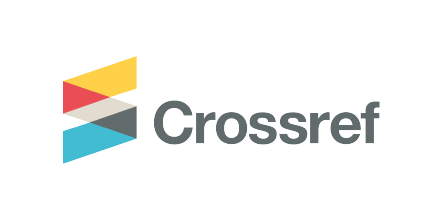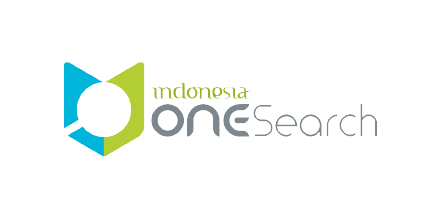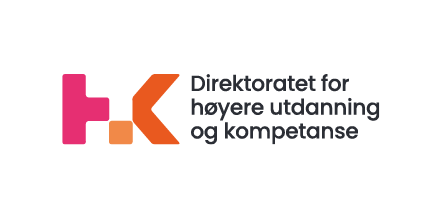Implementation of Universal Design Concept on Lecture Space for Students with Hearing Disabilities
DOI:
https://doi.org/10.21776/ub.ijds.2019.006.02.9Keywords:
universal design, lecture space, hearing disabilities, CADL ITB buildingAbstract
Campus building is where students undergo of learning process and perform various activities. In learning process, campus should provide universal design facilities for students all, including students with disabilities. The design of campus is important factor in operation and service of a higher education. Universal design concept on lecture space in CADL ITB building can make it easier of activity for students with hearing disabilities. The purpose of this research is test a universal design strategy for reducing hearing impairment, visual communication barriers and assistive technology strengthen, but universal design concept to hearing disabilities that is much different and usually involves visual signs.This research uses 3 stages of method that is descriptive qualitative, classification analysis, and proposal design solution method. Using the parameters of universal design principles, factors involved in application can be classified to determine the problem of lecture space in CADL ITB as a case study. Then observation of interview result through questionnaire of 60 respondents of students/alumni/drop out of hearing disability in various universities stated that it is still difficult to be accessed in lecture space because there is no universal design facility available. While informants 10 persons academic and not academic people understand and universal design knowledge for disabled except hearing disability. Research results of this study indicate that universal design concept on lecture space in CADL ITB building not optimal, then existing problems will be given a design solution to maximize of universal design concept.
References
Arikunto (2010) : Prosedur penelitian sebuah pendekatan praktek. Yogyakarta, Rineka Cipta, hal. 118
Boothroyd, A. (1982). Hearing impairments in young children. New York: Prentice Hall, Inc., Inglewoods Cliffs.
Bunawan, L. (1989). Psikologi Anak Tunarungu. Jakarta: Zinnia.
Burgstahler, Sheryl. (2012): Universal design of instruction (UDI): definition, principles, guidelines, and examples. Seattle : University of WashingtonEgual Acces; Desigining your project to be accessibleto all participants, University of Washington, College of Engineering UW Technology Services College of Education.
Creswell, John W. (2013): Research Design Qualitative, Quantitative and Mixed Methods Approches, SAGE Publications, California.
Direktorat Sarana dan Prasarana ITB. (2017) Bandung.
Goldsmith, Selwyn (2000): Universal design, a manual of practical guidance for architect, Architectural Press, Oxford.
Harahap, RM. (1995). Harahap, RM. (1995). Pusat Rehabilitasi dan Pendidikan Tunarungu di Jakarta Barata. Skripsi Teknik Arsitektur Univ. Mercu Buana. Jakarta
Kirk, Samuel A.., 2015. Educating Exceptional Children. Arizona Cengage Learning.
Moores, Donald F. 1995. Educating The Deaf: Psychology, Principles, and Practices. Boston: Houghton Mifflin Company.
Peraturan Presiden RI UU No 8/2016. (2016) Penyandang disabilitas. Jakarta
Peraturan Menteri PUPR No 14/M/PRT/2017. (2017): Kemudahan persyaratan bangunan, buku Pedoman Kementerian PU RI, Jakarta.
Peraturan Menteri Riset dan Teknologi Dikti No 46/2017. (2017): Pendidikan khusus dan pendidikan layanan khusus di perguruan tinggi, Jakarta.
Harahap, RM, Santosa, I; Wahjudi, D & Martokusumo, W. (2017): The innovation of assistive technology access for students of hearing disability with a principles of Universal design approach. Proceeding National, Unesa, 28 October 2017, Surabaya .
Bauman, Hansel. (2005). Deaf space. Gallaudet University's Architects. (https://www.gallaudet.edu/campus-design-and-planning/deafspace)
Deaf diverse design guidelines (2010), https://ced.berkeley.edu/events-media/events/hansel- bauman-deafspace- rediscovering-somatic-ways-of-dwelling. (19 Oktobert 2016).
Deaf space: deaf culture meets architecture in universal design (2011), http://www.rollingrains.com/2011/04/ reprinted-with-permission-deafspace.html. (7 Desember 2016).
Nordqvist,Christian., 2015. Deafness and Hearing Loss: Causes,Symptoms and Treatments [Online] (Updated 10 Nov 2015) Available at: http://www.medicalnewstoday.com/articles/249285.php?page=.[Accessed November 2016].
The principles of universal design, NC State University College of Design. https://www.ncsu.edu/ncsu/design/cud/pubs_p/docs/poster.pdf. (11 Maret 2017).
Downloads
Published
How to Cite
Issue
Section
License
Copyright (c) 2019 Rachmita Maun Harahap, Imam Santosa, Deddy Wahjudi, Widjaja Martokusumo

This work is licensed under a Creative Commons Attribution-NonCommercial 4.0 International License.















